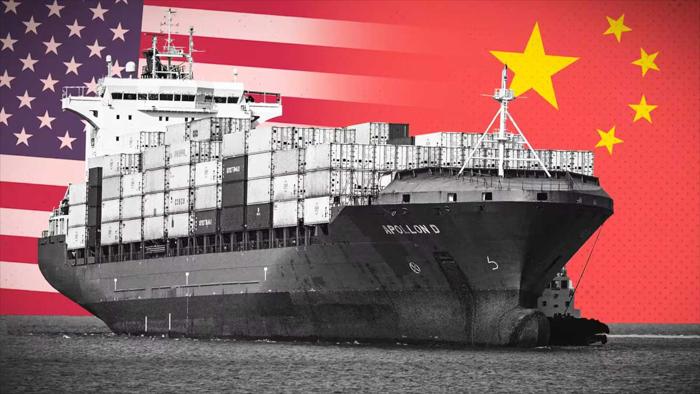Ambitious plans to revive US shipbuilding sector come under fire
US shipbuilding ambitions have observers scratching their heads on the viability, funds required, and their likely provenance, as well as potential repercussions for cargo owners and logistics providers.
The US is moving closer to a grand push to revive its shipbuilding industry. The report on a probe into unfair practices in Chinese shipbuilding, released last week, is providing fresh ammunition for supporters of the Shipbuilding and Harbor Infrastructure for Prosperity and Security for America Act, a bipartisan legislative proposal introduced to Congress on 19 December.
The probe, launched last April, concluded that China had used unfair policies and practices to dominate global maritime, logistics and shipbuilding sectors, with measures ranging from state financial support to intellectual property theft and forced technology transfer.
Vessels built in China accounted for more 50% of the global activity in this sector in 2023, while US shipbuilding activity has shrunk since the end of World War II, when 80 firms were producing ships, to 20 today.
For decades, vessel owners, like virtually everybody else, were happy to procure from the source offering the lowest cost – China, said Lars Jensen, CEO of shipping consultancy Vespucci Maritime. Now the US is looking at the issue through the lens of national security, as it lacks a sufficiently large fleet of US-flagged support vessels for the navy, he explained.
Marine investors are already in high spirits. At Marine Money’s annual conference in New Orleans in November, the mood was upbeat in expectation of a promised resumption of offshore drilling that would boost demand for support vessels. The SHIPS Act promises further momentum.
The proposed legislation calls for the production of 250 US-built ships within 10 years. The authors of the bill have not provided a breakdown of vessel requirement by category; the scope appears to be quite broad.
“They pour this over everything, including container shipping,” Mr Jensen noted.
To inject money into US shipbuilding, the legislation calls for the establishment of a Maritime Security Trust Fund to funnel $250m a year to US shipyards and proposes an incentives programme centred around a 25% investment tax credit.
However, observers do not think that this will suffice. By some estimates, revitalising the US shipbuilding industry would require tens of billions of dollars.
Not surprisingly, the new administration is looking to raise some money from Chinese-built vessels calling at US ports. But Mr Jensen has reservations: for one thing, carrier alliances could switch vessels to avoid a US ship charge, he pointed out.
Additional money could come from fines levied on cargo owners that fail to meet the provision in the legislation that 10% of commercial goods imported from China would have to move aboard US-flagged vessels, starting in 2029. But implementing this would be “extraordinarily problematic”, warned Mr Jensen.
And US legislators may want to extend that provision to goods made in South-east Asia with China-produced components, perhaps by offshoots of Chinese manufacturers, to close some loopholes. But this would require adequate US vessel capacity out of those origins as well.
At this point it is unclear if the demand on cargo owners to move 10% of their US-bound traffic from China on US-flagged vessels would also apply to forwarders and other logistics providers.
The SHIPS Act envisages a transition period, until 2029, during which foreign-built ships could be re-flagged with the stipulation that they be replaced with US-made vessels as soon as they become available.
Some observers see a promising opportunity for South Korean shipyards to become involved, noting that some of these have collaborated with the US Navy, on the overhaul of support ships, and with US shipyards to design US commercial vessels. Last summer. Hyundai Heavy Industries signed an MoU with the universities in Seoul and Michigan to set up a shipbuilding design and engineering exchange programme to train US workers.
Given the vast difference in ship production costs in the US and China, it is unclear how attractive US-built vessels would be unless operators saw significant financial incentives. Mr Jensen sees only one way that the US could achieve a shipbuilding programme of the magnitude envisaged by the SHIPS Act: through massive subsidies.
Chinese academics responded to news of the proposed legislation by suggesting to Chinese financial news outlet Yicai that the US has limited capacity to build ships and is not competitive, vis-à-vis Asian countries.
If passed into law, the act could result in higher logistics costs and shipping route adjustments, one argued, adding that US importers might look for alternative transport solutions to counter elevated costs.
